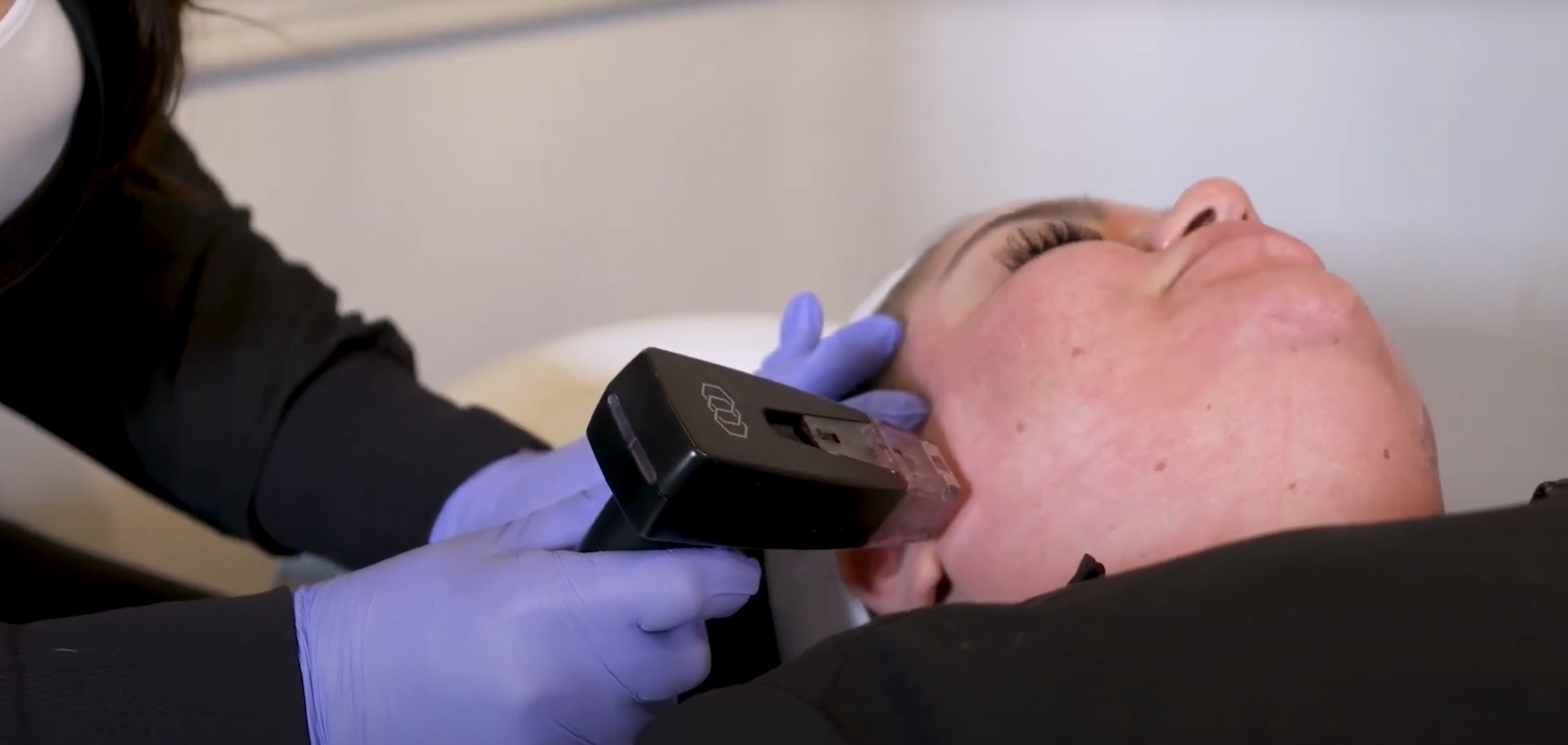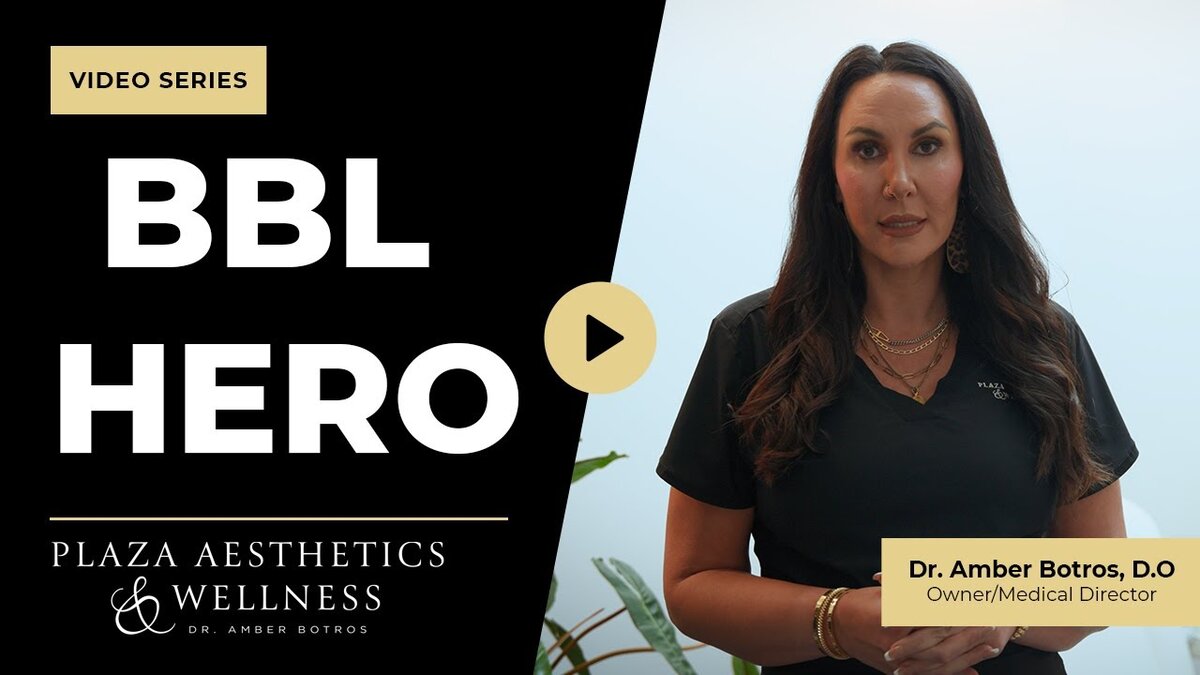Understanding the recovery period for a given medical procedure is crucial in setting realistic expectations and ensuring a smooth, successful healing process. When it comes to the specific procedure recommended for a patient, the recovery period can vary based on a range of factors, including the nature of the procedure, the patient’s health status, and their body’s unique response to the treatment.
Understanding the Recovery Process for Body Contouring Procedures
Recovery from body contouring procedures varies greatly depending on the invasiveness of the chosen treatment. This period, often known as the “recovery period,” is crucial for ensuring the best results and maintaining patient health.
Recovery Time for Non-Invasive Procedures
When considering non-invasive body contouring procedures such as EvolveX and truSculpt 3D, the recovery period is usually minimal or non-existent. These treatments are designed in such a way that patients can return to their daily routines immediately after the session. Though slight redness might be observed, it generally doesn’t disrupt normal activities.
Recovery Time for More Invasive Procedures
On the other hand, more invasive procedures like BodyTite and Morpheus8 require a longer recovery period. This is due to the more intensive nature of the treatments, often resulting in visible redness and post-treatment signs that might take up to two weeks to fully heal.
The Role of Compression Devices in Healing
During the recovery period of treatments like BodyTite, the use of compression devices plays a significant role in enhancing the healing process. The consistent pressure applied by these devices aids in reducing swelling and improving the overall results. It’s recommended to wear these devices 24/7 for at least two weeks for optimal results.
Prioritizing Treatment Areas for Body Contouring
Given the limitations concerning the surface area that can be treated at once, it becomes essential to prioritize treatment areas in body contouring procedures.
The Limitation of Surface Area for Each Treatment
The capacity to treat multiple areas simultaneously is limited due to safety considerations and effectiveness of the treatment. Consequently, this necessitates the strategic planning of treatment sessions to address the patient’s concerns optimally.
Different Treatment Strategies for Multiple Body Areas
When dealing with multiple body areas, the approach often involves scheduling several treatment sessions, each focusing on a different body part. This methodical approach ensures safety while achieving the desired results.
Balancing Patient Preferences with Effective Treatments
In the quest for immediate results with minimal downtime, it’s crucial to balance patient preferences with the most effective and suitable treatments.
Meeting Expectations for Immediate Results
Patients often desire immediate results, which may push them towards more invasive procedures despite the longer recovery period. However, it’s crucial that they understand the process and have realistic expectations.
Tailoring Treatment to Patient Lifestyle
Each treatment strategy must be tailored to the patient’s lifestyle and commitment to the recovery process. It’s about striking a balance between achieving desired results and fitting the procedure into the patient’s everyday life. This personalized approach helps prevent adverse events and ensures that the patient’s expectations are met.
Conclusion
Navigating through the recovery period of a recommended procedure involves patience, understanding, and adherence to medical guidance. Given the variation in recovery times for different procedures and individual patient needs, it’s essential to remember the following points:
- Non-invasive procedures generally have little to no downtime, allowing patients to continue their daily activities almost immediately post-treatment.
- More invasive procedures, such as the Morpheus 8, require a longer recovery period due to their comprehensive nature. The skin may take up to two weeks to fully heal.
- Use of compression devices for invasive procedures such as BodyTite greatly aids in the healing process. It’s recommended that these be worn for a minimum of two weeks, or even better, up to six weeks for optimum results.
- When multiple body areas are being treated, the surface area for each treatment can be limited to ensure safety and effectiveness. This may require separate treatment series for different body parts.
- Balancing the desire for immediate results with the need for effective treatments is critical. Tailoring the treatment to the patient’s lifestyle and commitment to recovery can help in achieving the desired outcome.
In summary, understanding the recovery period is a crucial part of the overall treatment process. Clear communication with your healthcare provider can help set realistic expectations, optimize your recovery, and enhance your treatment experience. If you have any more questions, feel free to contact us. Our licensed professionals are always here to assist you.









